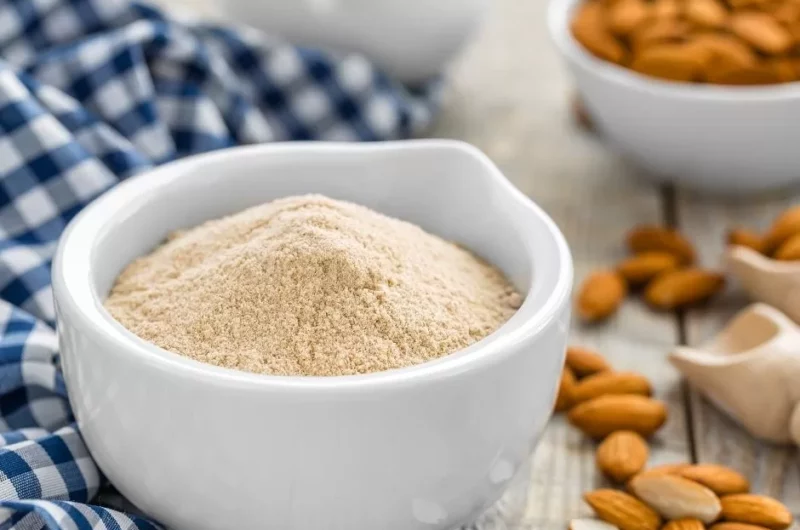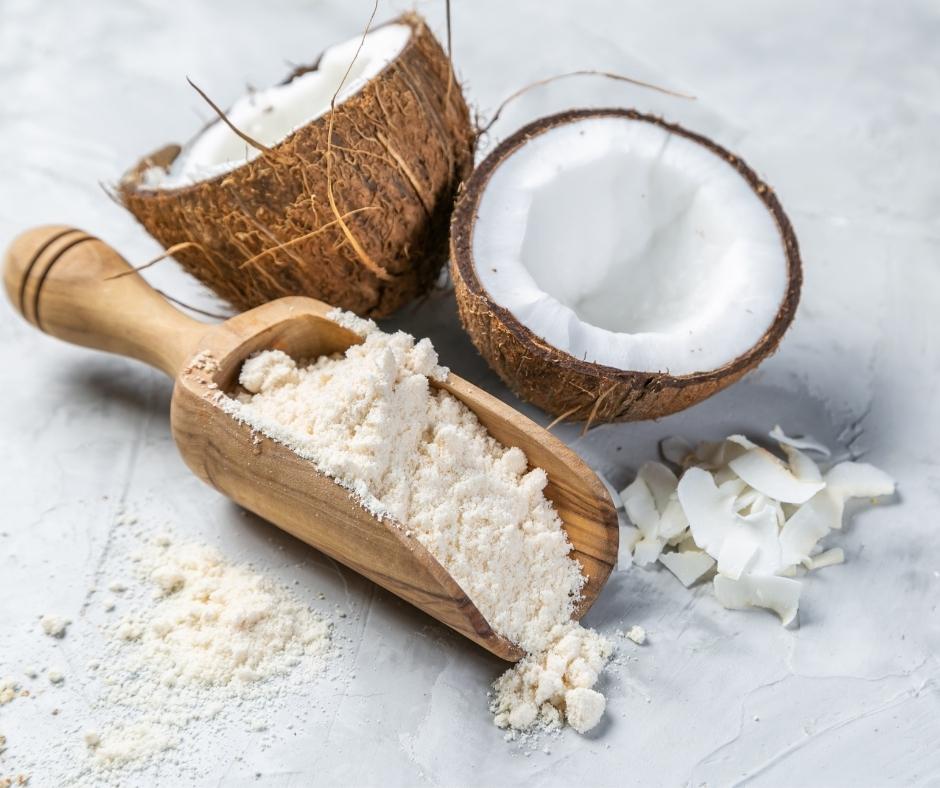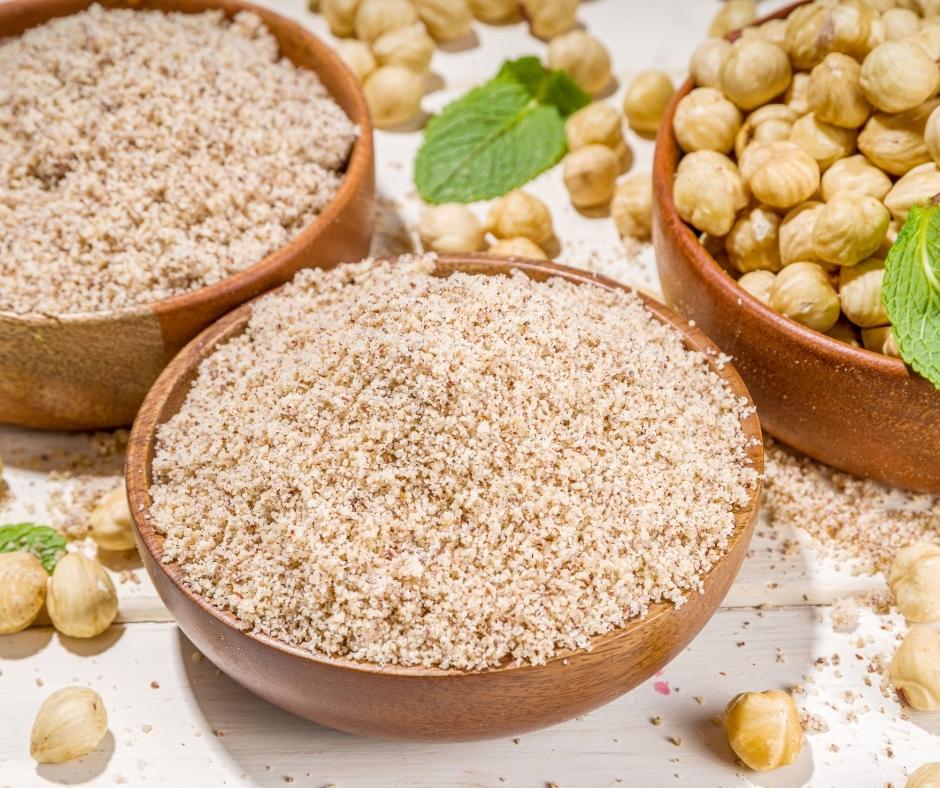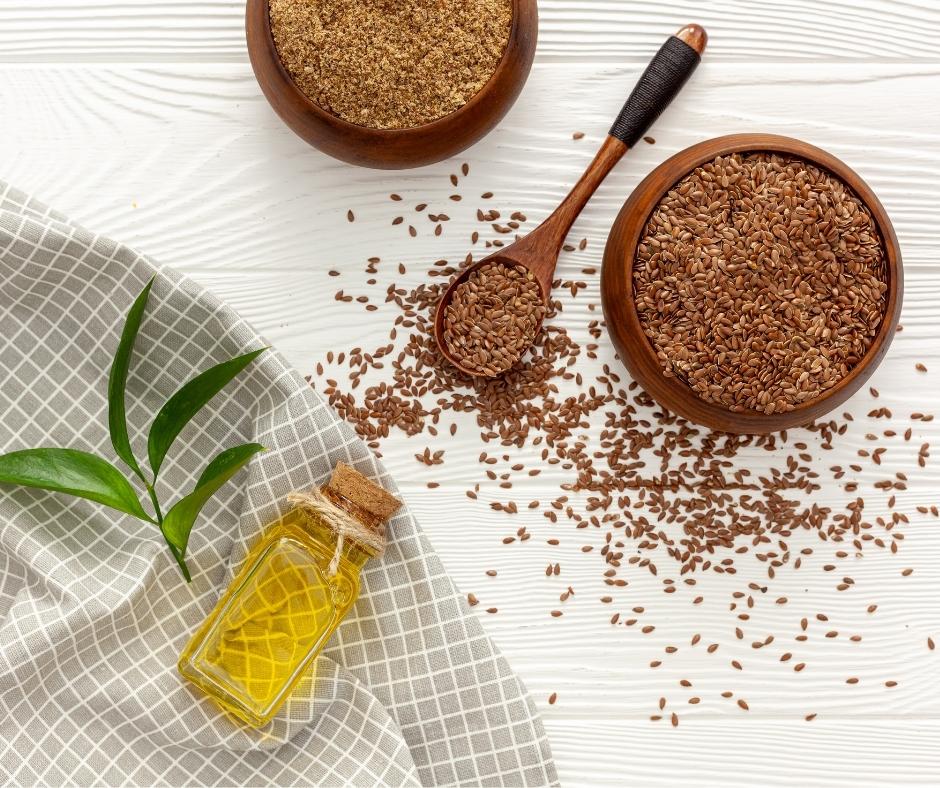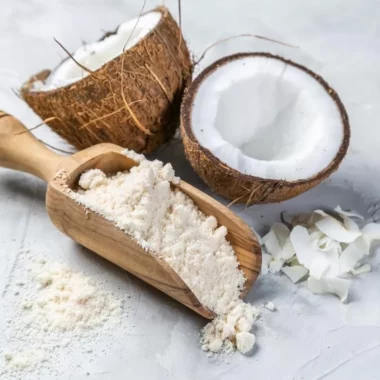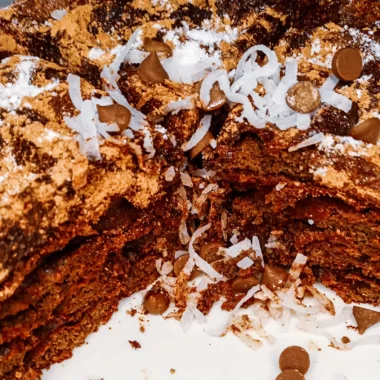If you are on the hunt for low-carb or keto-friendly baked good recipes, you’ve likely come across dessert recipes made with almond flour.
A lot of people will tell you baking with this gluten-free flour is easy just as easy as baking with wheat flour. I, however, cannot say the same.
Don’t get me wrong; I love baking. I truly enjoyed learning about the ins and outs of baking with baking with as many gluten-free flours as I could get my hands on including almond flour.
However, there were days I wanted to give up. None of my almond flour recipes turned out right, even though I tried to remake the recipe multiple times.
That’s why I’d recommend reading this guide before you take the plunge into your gluten-free baking journey. It includes tips that will help your almond flour recipes come out with the perfect texture and prevent you from making the same baking mistakes I did.
What Is Almond Flour
Almond flour is a flour made from ground almonds. Almond flour contains rich concentrations of protein, fiber, and fat, and it is also a low-carb food. It’s great for people who cannot eat gluten or subscribe to a keto, low-carb, paleo diet.
What’s The Difference Between Almond Meal And Almond Flour
Before you whip out your equipment and start baking up a storm, you must ensure you have the right ingredients. Most people believe that almond meal and almond flour are the same ingredient and can be used interchangeably. However, they are not the same thing and should not be used interchangeably.
Although they are both produced from almonds, almond flour, and almond meal are processed differently. If you use the wrong ingredient, your baked goods could end up with a grainy, gritty texture.
Blanched almond flour is best for cookies, bread, and cakes that have a fine texture. I recommend taking an extra precautionary step and using blanched superfine almond flour for these baked goods.
To produce blanched almond flour, the almonds are stripped of their skins and ground into a fine flour. In contrast, unblanched almond flour is made by grinding almonds with the skins still attached, which creates a denser flour.
However, almond meal has a coarser texture. Almond meal would be a suitable substitute to use as low-carb breadcrumbs. Therefore it is perfect for giving chicken or salmon a crispy coating.
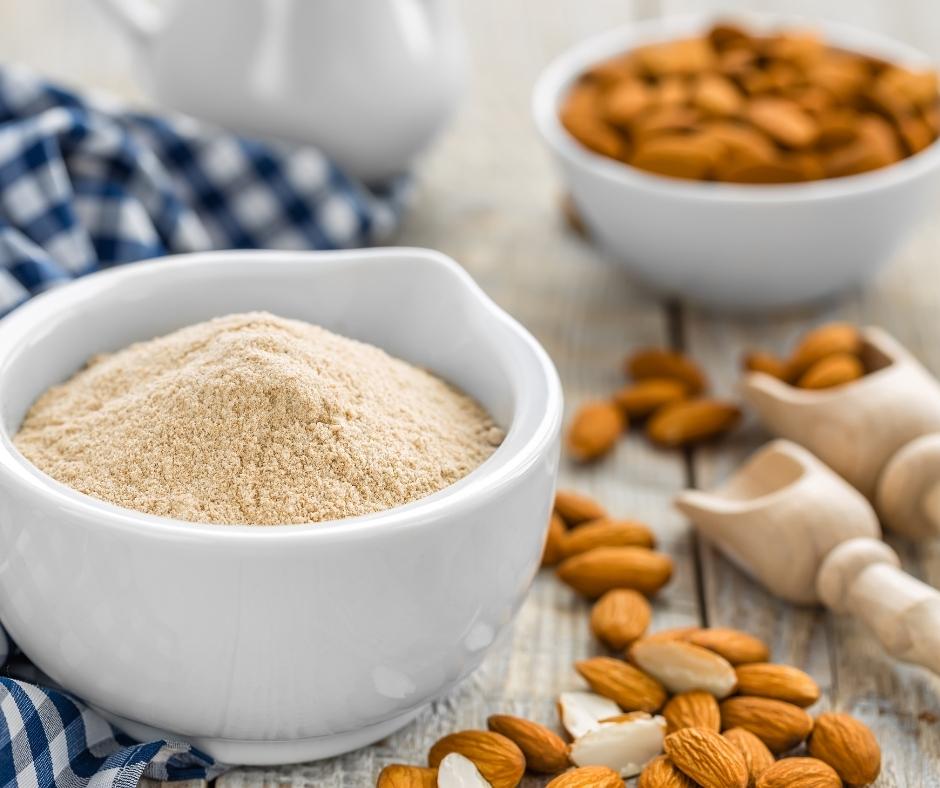
Tips For Baking With Almond Flour
Some people think baking with almond flour is easy, while others believe it is as hard as differentiating the color Fuchsia from pink. I’d say it’s more of an adjustment. Nevertheless, transitioning will be much easier with these baking with almond flour tips.
Storing Almond Flour
It’s best to treat almond flour like it’s not traditional flour. While you can store traditional wheat flour in the pantry, almond flour does not bode well in the pantry. It contains high concentrations of oils, which causes almond flour to oxidize and spoil.
Therefore, you should store your almond flour in the fridge or freezer. Almond flour will last for 6 months in the fridge and 1 year in the freezer. Additionally, if your almond flour has a rancid odor and a bitter taste, it is spoiled and needs to be discarded immediately.
Research Before You Experiment
Baking with gluten-free flours like almond flour is exciting. However, before you get excited and start experimenting with ingredients, try a few tested recipes first. Once you become more experienced in baking with almond flour, you can start creating your own recipes.
Almond Flour Is Not A 1:1 Replacement For All-Purpose Flour
Almond flour should never be used as a 1:1 replacement for wheat flour because of its rich fat and oil content. For example, some baked goods are designed to be denser than others.
Keto lemon blueberry muffins and coconut lime cake will have a lighter texture than keto cinnamon bread or biscuits. Therefore you must consider the texture, density, and amount of liquid when baking with almond flour.
Almond Flour Is Thick
Whether it is lemon poppy seed bread or mango bread, it will have a thicker texture if the recipe features almond flour. Therefore, the baked goods will have a thicker consistency if you convert a wheat recipe to a keto-friendly or gluten-free recipe.
Furthermore, if your batter is too thick, do not try to loosen it up with more liquid. Adding more liquid to the batter will result in a soggy mess.
Do Not Substitute Coconut Flour 1:1 For Almond Flour
In the same way, almond flour is not a 1:1 replacement for wheat flour; coconut flour cannot be used as a replacement for almond flour in a recipe. Coconut flour absorbs more moisture than almond flour, so it requires more liquid as well as fat.
If you use only coconut flour, you will end up with a dense, hard brick. Unless the recipe specifically calls for coconut flour, always use less coconut flour than almond flour.
Do Not Pack It Down
Ever notice how recipes call for packed brown sugar? Essentially, packing refers to pressing brown sugar into a measuring cup to get it as tight as you can.
You do not want to pack almond flour. Packing almond flour can cause you to add too much almond flour to the batter and create an overly dense product. Simply scoop and level it with a knife, like you scoop and level regular flour.
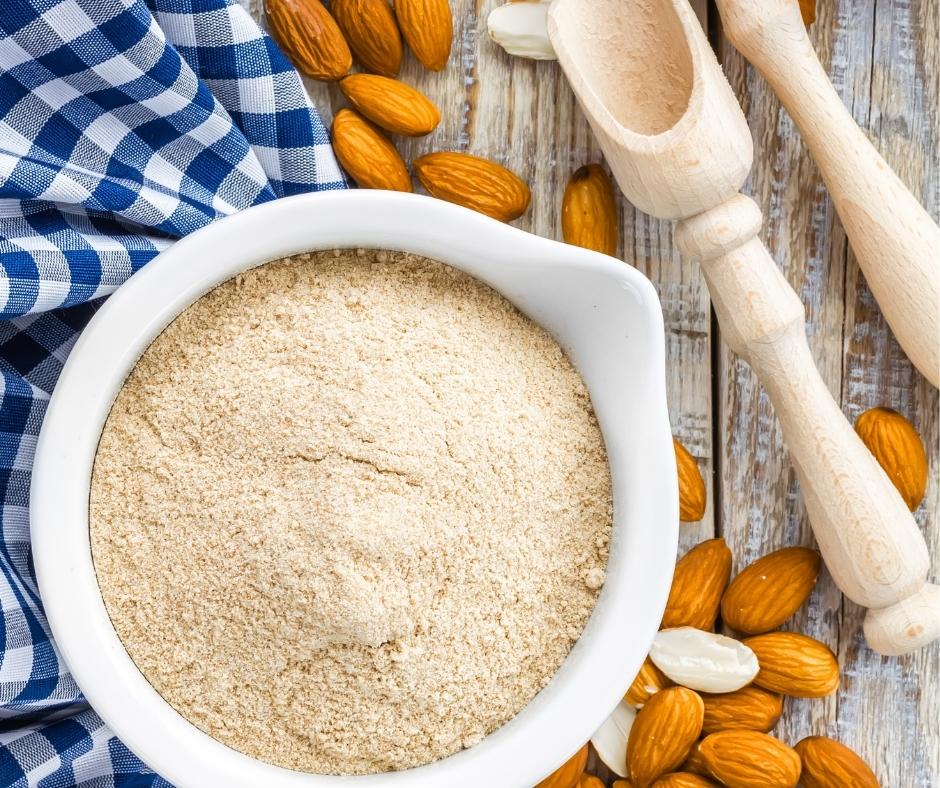
Binders Are Your Friend
The role of a binder in gluten-free baking is to provide baked goods with structure. In addition to this, binders help your baked goods rise and retain their shape.
Protein powder, xanthan gum, and psyllium husk are the best binders for baking with almond flour. They function like gluten in wheat flour; however, they are gluten-free alternatives. So, if a recipe calls for one of these binders, it is not an optional ingredient.
Watch Your Baked Goods
Growing up, I always heard the saying, a watched pot is never done. While this is true to a certain extent, watch your baked goods made with almond flour very closely.
Any baked good made with almond flour will cook and brown faster than goods made with wheat flour. Therefore, you must watch your gluten-free baked goods so they do not burn.
In addition to this, you should also follow the recipe to a tee when it comes to baking temperatures. If you convert a wheat flour recipe to a recipe with almond flour, decrease the baking temperature by 25 degrees.
Let The Baked Goods Cool Completely
When dealing with wheat recipes, you would usually let the baked goods sit in or on the pan for 10-15 minutes. Next, you would remove the baked goods from the pan and set them on a wire rack to cool completely.
With almond flour recipes, it’s best to let the baked goods cool in the pan completely before removing them. As the baked good cools in the pan, it will firm up, preventing it from breaking apart when you release it from the baking pan. If you touch the baked good too soon, it could fall apart.
More Baking Guides:
In Summation
Many gluten-free and keto recipes replace wheat flour with almond flour. The trouble with baking with this flour is that it is gluten-free, which means it does not have the key ingredient that gives cakes, bread, and cookies their signature consistency and structure. Whether you are making an almond flour cake or a grain-free, sugar-free cake, these tips will help you avoid making some of the most common baking with almond flour mistakes.

